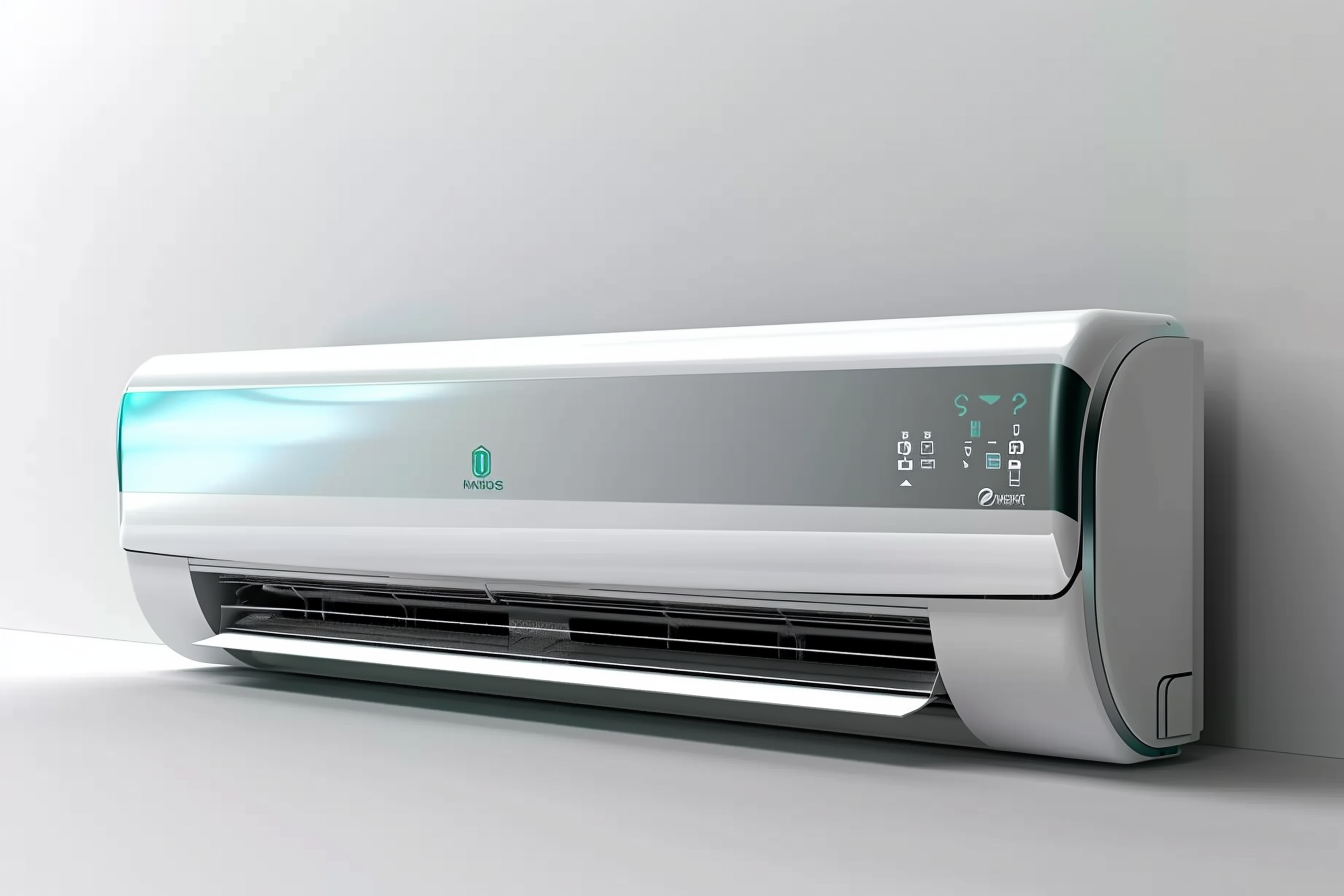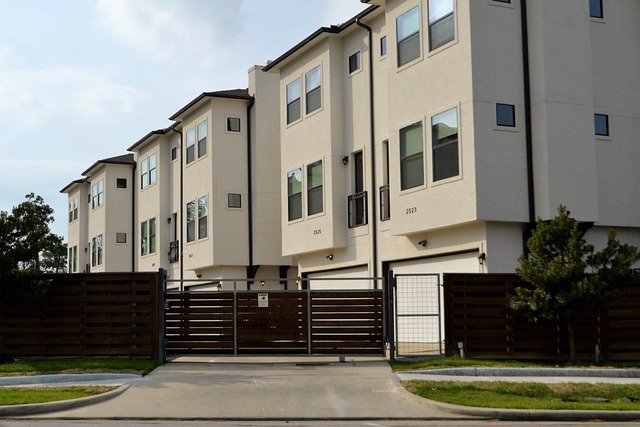Ductless Air Conditioning: Efficient Cooling Solutions for Canadian Homes
Ductless air conditioning systems, also known as mini-split air conditioners, have gained popularity in Canada as an efficient and versatile cooling solution. These systems offer a range of benefits, from energy savings to improved air quality, making them an attractive option for homeowners looking to enhance their comfort while reducing energy costs. This article explores the key features and advantages of ductless air conditioning systems, their suitability for Canadian climates, and how they can provide zone-controlled comfort throughout your home.

How Do Ductless Mini-Split AC Systems Provide Efficient Cooling?
Ductless mini-split AC systems operate on a simple yet effective principle. Unlike traditional central air conditioning systems that rely on extensive ductwork to distribute cooled air, ductless systems consist of an outdoor compressor unit connected to one or more indoor air-handling units. These indoor units are mounted on walls or ceilings in individual rooms or zones, allowing for targeted cooling without the need for ducts.
The efficiency of ductless systems stems from their ability to cool specific areas directly, eliminating energy losses associated with ductwork. Additionally, most ductless ACs use inverter technology, which allows the compressor to adjust its speed based on cooling demands, further enhancing energy efficiency. This precise control over cooling output results in lower energy consumption and reduced utility bills for homeowners.
Key Benefits: Why Homeowners Choose Ductless Air Conditioners
Ductless air conditioners offer several advantages that make them an appealing choice for Canadian homeowners:
-
Flexibility in installation: Ductless systems can be installed in homes where ductwork is impractical or impossible, such as older buildings or additions.
-
Energy efficiency: By eliminating duct-related energy losses and using inverter technology, ductless ACs can significantly reduce energy consumption.
-
Improved air quality: Without ducts to collect dust and allergens, ductless systems can contribute to better indoor air quality.
-
Quiet operation: Indoor units are designed to operate quietly, providing a more peaceful living environment.
-
Individual zone control: Each indoor unit can be controlled separately, allowing for customized comfort in different areas of the home.
Ductless AC for Canada: Cooling, Heating & Energy Savings
Ductless air conditioning systems are well-suited to Canadian climates, offering both cooling and heating capabilities. Many ductless systems are heat pumps, which means they can reverse their operation to provide efficient heating during colder months. This dual functionality makes them a versatile year-round solution for Canadian homes.
In terms of energy savings, ductless systems can be particularly beneficial in Canada’s varying climate. Their ability to heat and cool specific zones allows homeowners to maintain comfort while minimizing energy use in unoccupied areas. Furthermore, the high efficiency of these systems can lead to substantial energy savings, especially during peak cooling and heating seasons.
Advanced Features: Smart Control & Air Quality with Ductless AC
Modern ductless air conditioning systems come equipped with advanced features that enhance both comfort and convenience:
-
Smart controls: Many ductless ACs can be controlled via smartphone apps or integrate with smart home systems, allowing remote operation and scheduling.
-
Air purification: Some models include built-in air filtration systems that can remove allergens, dust, and other pollutants from the air.
-
Humidity control: Certain ductless units offer dehumidification features, helping to maintain optimal indoor humidity levels.
-
Self-cleaning functions: Advanced models may include self-cleaning modes to prevent mold and bacteria growth within the unit.
These features contribute to improved indoor air quality and provide homeowners with greater control over their home environment.
Zone-Controlled Comfort: Maximize Savings with Ductless Systems
One of the most significant advantages of ductless air conditioning systems is their ability to provide zone-controlled comfort. This feature allows homeowners to create customized temperature zones throughout their house, cooling or heating only the areas that are in use. By avoiding unnecessary cooling or heating of unoccupied spaces, homeowners can maximize energy savings while maintaining optimal comfort levels where needed.
Zone control is particularly beneficial in homes with varying occupancy patterns or temperature preferences among family members. For example, bedrooms can be kept cooler at night while common areas are maintained at a different temperature during the day. This level of customization not only enhances comfort but also contributes to more efficient energy use and lower utility bills.
| Feature | Ductless Mini-Split AC | Central AC |
|---|---|---|
| Installation | Minimal invasiveness, no ductwork required | Requires extensive ductwork |
| Energy Efficiency | High, with direct room cooling and no duct losses | Moderate, with potential energy losses in ductwork |
| Zoning Capability | Built-in, with individual control for each unit | Requires additional zoning equipment |
| Air Quality | Typically better due to lack of ducts | Can circulate dust and allergens through ducts |
| Heating Capability | Many models offer both cooling and heating | Separate heating system usually required |
| Cost Range | $3,000 - $7,000 per unit installed | $5,000 - $12,000 for whole-home system |
Prices, rates, or cost estimates mentioned in this article are based on the latest available information but may change over time. Independent research is advised before making financial decisions.
In conclusion, ductless air conditioning systems offer an efficient, flexible, and customizable cooling solution for Canadian homes. Their ability to provide targeted cooling and heating, coupled with advanced features and energy-saving capabilities, makes them an attractive option for homeowners looking to improve their home comfort while minimizing energy consumption. As with any significant home improvement, it’s essential to consult with HVAC professionals to determine the best system configuration for your specific needs and home layout.




